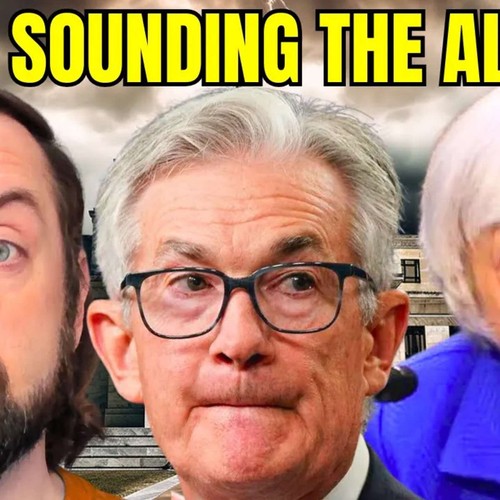
 Eurodollar University
Eurodollar University What Record Gold Prices Reveal About the Global Economy’s Fragility
6 snips
Feb 3, 2025 Steve Van Metre, an expert in economics, delves into the intriguing rise of gold prices above $2,800 an ounce and the warning signs they're sending about global economic instability. He discusses how trade wars and consumer hesitance are affecting major industries like automotive and semiconductors. Van Metre analyzes the impact of income stagnation on spending behavior, emphasizing the growing allure of tangible assets like gold in a world overshadowed by artificial economic structures. It's a deep dive into the fragility of our current financial landscape.
AI Snips
Chapters
Transcript
Episode notes
Gold's Record High
- Gold reached record highs in 2025, exceeding $2,800 per ounce.
- This surge is attributed to trade war prospects and a struggling global economy.
Semiconductor Industry Struggles
- Semiconductor industry, including companies like STMicroelectronics, faces a downturn.
- STMicroelectronics plans to reduce its workforce by 6% due to weak demand.
Impact of Stagnant Incomes
- Economic struggles are linked to stagnant incomes and rising prices.
- Consumers prioritize essential spending, impacting demand in sectors like automotive and semiconductors.
